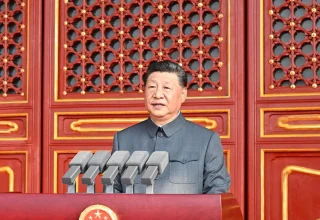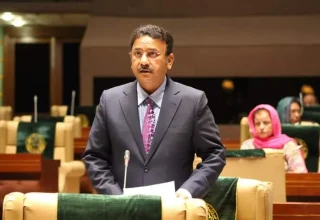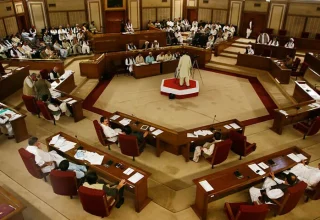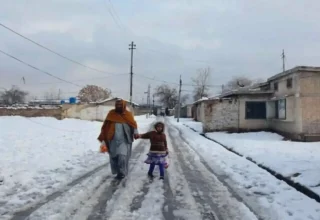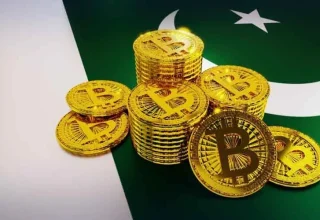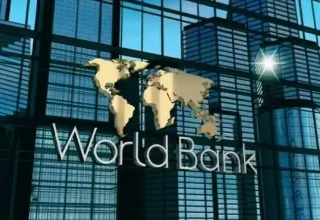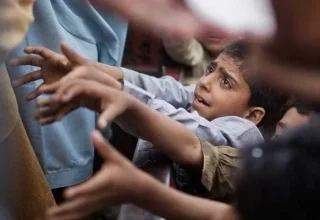
A new report by the World Bank has revealed that poverty in Pakistan has increased significantly over the past three years, with the rate rising by 7 percentage points.
World Bank Country Director for Pakistan, Bholoruma Amgaabazar, told a press briefing that Pakistan’s poverty rate currently stands at 25.3%, compared to 18.3% in 2022. The rate climbed to 24.8% in 2023–24 and further to 25.3% in 2024–25, marking a steady increase.
She noted that Pakistan had earlier made considerable progress in poverty reduction. From 2001 to 2015, the poverty rate fell by around 3% annually, while from 2015 to 2018 it declined by 1% annually. However, since 2020, poverty has been on the rise, with the COVID-19 pandemic accelerating the trend.
The Country Director also highlighted sluggish income growth. Between 2011 and 2021, people’s incomes rose by only 2–3%, leaving millions vulnerable. Around 85% of low-income earners work in low-paying sectors, while 95% of the workforce is employed in the informal economy.
According to Amgaabazar, demographic shifts are also shaping poverty patterns. She said 60 of Pakistan’s population now resides in urban areas, although official statistics record 39% living in cities. This growing urbanization poses further challenges for employment, housing, and basic services.
The World Bank stressed that reversing the poverty trend requires structural reforms, stronger safety nets, and sustainable economic growth.





